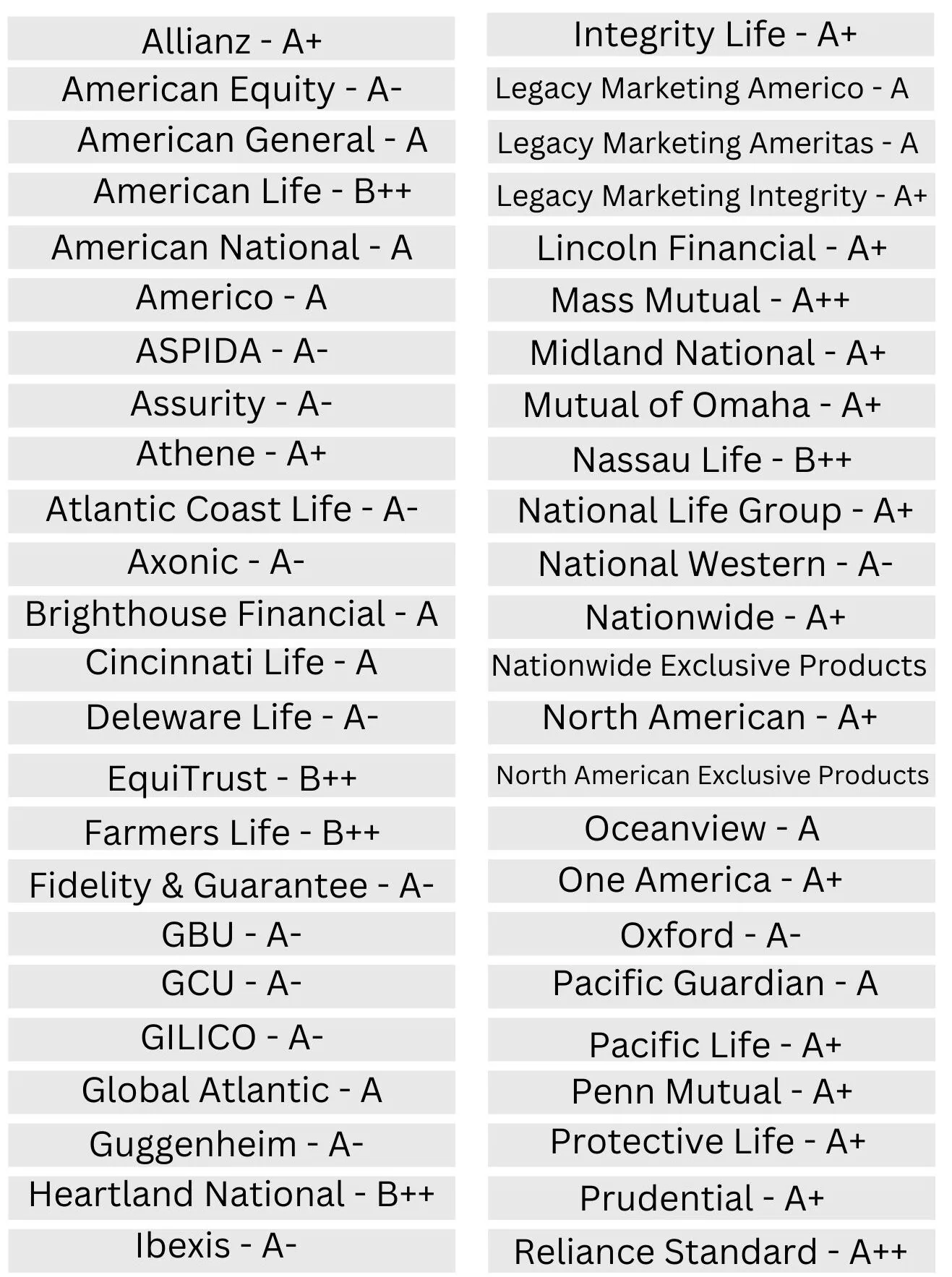How much does a $1 million annuity pay? For many retirees and pre-retirees, the goal is simple: turn savings into a reliable paycheck you cannot outlive. Working with Diversified Insurance Brokers, you can compare income options from 100+ highly rated carriers and see exactly what guaranteed payouts could look like at different ages. Below you’ll find clear examples, an embedded income calculator, and practical guidance to help you decide if a personal pension (via annuity) fits your plan.
See Your $1,000,000 Annuity Income
Compare lifetime payout options and get a personalized illustration.
Or preview today’s top fixed & bonus annuity rates:
Current Annuity Rates
Lifetime Income Calculator
What a $1,000,000 Annuity Can Pay (Examples)
Exact payouts depend on age, product, and features (single vs. joint life, period certain, etc.). To illustrate how age impacts guaranteed lifetime income, here are common reference points:
- Age 60 – 8.0% payout rate → $80,000/yr (~$6,667/mo)
- Age 65 – 8.2% payout rate → $82,000/yr (~$6,833/mo)
- Age 70 – 8.5% payout rate → $85,000/yr (~$7,083/mo)
Notes: Payout rates vary by carrier, product, rider selection, and state availability. Joint-life and enhanced features may adjust the income amount.
Why Create a “Personal Pension”
- Guaranteed for life: Income keeps coming regardless of market performance or longevity.
- Principal protection: Fixed and fixed indexed annuities shield against market losses.
- Predictable planning: Know your baseline income and coordinate the rest of your portfolio with confidence.
- Spousal options: Joint-life designs can protect two lifetimes.
How the Payout Is Determined
- Age when income starts: Later start ages generally receive higher payout rates.
- Product type: Immediate income vs. deferred income, or a fixed indexed annuity with an income rider.
- Riders & guarantees: Lifetime income riders, period-certain guarantees, or enhanced benefits may affect payments and fees.
- Single vs. joint life: Joint payouts often reduce the annual amount to cover two lifetimes.
Coordinating With Social Security
Many clients pair annuity income with Social Security planning. Guaranteed annuity payments can help cover essential expenses, allowing you to delay Social Security for potentially higher lifetime benefits. This coordination creates a stable, inflation-resistant income base.
Who This Strategy Fits Best
- Retirees and pre-retirees who want a dependable lifetime paycheck.
- Investors seeking less sequence-of-returns risk in retirement.
- Couples who value joint lifetime income and/or beneficiary protections.
- Those who prefer simplicity: set it, activate income, and enjoy consistent cash flow.
If you’re evaluating whether to annuitize all or just a portion of your portfolio, start by seeing current rates and testing scenarios with our calculator. You can also compare broader income-focused strategies here: Lifetime Income Annuities.
Ready to See Your Exact Numbers?
We’ll compare carriers side-by-side and deliver a clear, personalized income plan.
FAQs: What a $1 Million Annuity Pays
How much monthly income can I expect from a $1 million annuity?
It depends on age, gender, payout type (single life, joint life, period certain, etc.), current interest rates, and whether payments start immediately or are deferred. For illustration, a 65-year-old could see roughly around $6,300 per month from a single-life immediate annuity, but actual quotes vary by carrier and market conditions.
Does age affect the monthly payout?
Yes. Older annuitants generally receive higher monthly income because the expected payout period is shorter. For example, starting at 75 typically yields a higher monthly amount than starting at 65, all else equal.
Single vs. joint life payout—what’s the difference?
A single-life annuity pays income only while the annuitant is alive. A joint-life annuity continues income to a spouse/partner after the first death (often at 50%–100% continuation), so the initial monthly amount is usually lower to reflect the longer potential payout period.
Do gender or life expectancy matter?
Yes. Life expectancy factors into pricing. On average, women may receive slightly lower monthly income than men of the same age for the same option because payments are expected to last longer.
What’s the impact of the interest rate environment?
Higher interest rates generally support higher monthly payouts, while lower rates reduce payouts. Your quote reflects prevailing rates at the time you purchase or lock the contract.
What about inflation protection or increasing payments?
Many contracts offer cost-of-living adjustments (fixed annual increases or CPI-linked options). These features help preserve purchasing power but usually start with a lower initial monthly payment.
Are there options for deferred income?
Yes. Deferred income annuities (and qualifying longevity annuities) let you buy now and start income later. Deferral can increase monthly income because funds remain invested longer before payouts begin.
How do riders or guarantees affect the payout?
Features like period-certain guarantees, cash refund, death benefits, or joint continuation add value but typically reduce the initial monthly payout to account for the added guarantees.
Disclosures: Figures are illustrative only. Actual income depends on age, gender, health, state of issue, product design, riders, market conditions, and insurer. Not financial or tax advice. Consult a licensed advisor.


